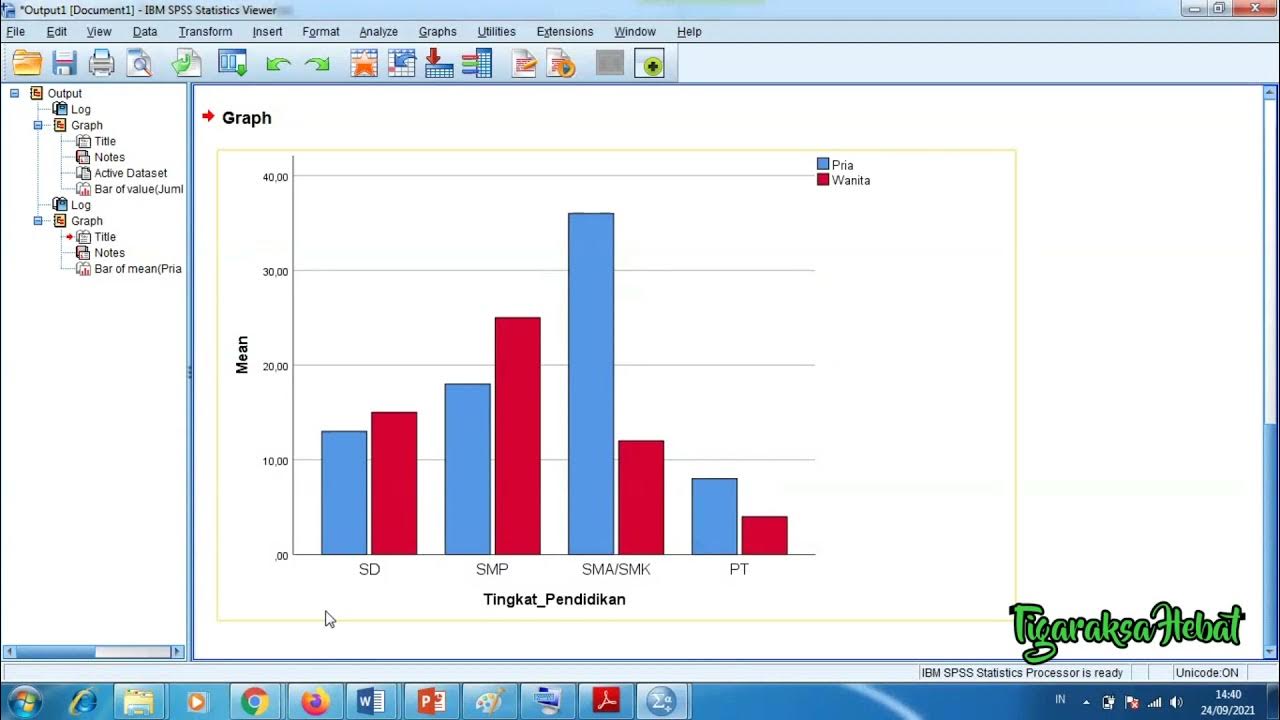Quantitative Analysis Walkthrough AP Gov 2021 NEW!
Summary
TLDRIn this video, the instructor provides a comprehensive guide on how to approach the AP Government quantitative analysis FRQ, focusing on interpreting graphs, tables, and charts. Using the 2019 exam's bar graph as an example, the video explains how to answer each part of the question, from identifying political affiliations to explaining how data might affect a Republican candidate's campaign or policy-making interactions between the president and Congress. Key tips include using specific data, staying on topic, and providing clear, evidence-backed explanations. Viewers are encouraged to practice for confidence and success in tackling these questions on test day.
Takeaways
- 😀 Understanding the purpose of the quantitative analysis FRQ is key: it tests your ability to interpret data from charts, tables, and graphs, and apply AP Government concepts to the data.
- 📊 When reading a chart or graph, always start by looking at the title or the question being asked, as it helps guide your analysis.
- 📉 Part A of the FRQ asks you to identify which group is most likely to favor compromise. In the 2019 example, it was Democrats who showed the highest preference for compromise.
- 🔍 Part B requires you to describe the differences between political affiliations, using specific data from the graph, such as percentages that reflect party attitudes.
- 📝 In Part C, explaining how the data could influence a Republican candidate’s campaign requires you to elaborate on why a candidate might shift their strategy based on the graph's findings.
- ⚖️ For Part D, you must connect the data to potential policy-making interactions between the President and Congress, showing how compromise or sticking to principles could affect their relationship.
- 💡 The key to describing data effectively is using specific numbers from the graph to support your statements, which helps strengthen your argument.
- ✅ In explanation questions, always elaborate on your answer and link it to the data, using phrases like 'because' to clarify the reasons behind your response.
- 🚫 Avoid providing off-topic information. For example, don't discuss unrelated topics like approval ratings if the question isn’t asking for that information.
- 📚 Practicing with various charts and graphs will help you feel more confident on test day, making it easier to identify trends and apply AP Government concepts correctly.
Q & A
What is the main focus of the quantitative analysis FRQ in the AP Government exam?
-The main focus of the quantitative analysis FRQ is to test your ability to read and interpret data from charts, graphs, or tables, and apply AP Government concepts to the information provided.
What should be the first step when tackling a quantitative analysis FRQ?
-The first step is to carefully read and understand the data in the chart or graph, paying attention to the title, labels, and any key details provided.
How should you approach Part A of the 2019 quantitative analysis FRQ?
-In Part A, you are asked to identify the political affiliation most likely to believe elected officials should compromise. You should refer to the data in the graph to determine which group has the highest percentage favoring compromise.
What is the key to answering Part B of the FRQ effectively?
-In Part B, you need to describe the differences in attitudes between Democrats and Republicans on whether officials should stick to their principles. Be sure to include specific data for both parties to earn the point.
What’s the best way to elaborate in Part C when explaining how the data could affect a Republican candidate’s campaign?
-In Part C, you should provide a basic answer and then elaborate by explaining how the data could influence the Republican candidate’s campaign strategy. For example, explaining how appealing to Democrats and Independents could help the candidate win the election.
What does Part D of the FRQ ask, and how should you approach it?
-Part D asks how the data in the bar graph could affect policy-making interactions between the President and Congress. To answer, make a connection between the public’s preference for compromise and how it could influence the actions of both the President and Congress.
What’s an example of a correct answer for Part B of the 2019 quantitative analysis FRQ?
-A correct answer for Part B might be: 'The majority of Democrats (66%) prefer government officials to compromise, while the majority of Republicans (55%) prefer government officials to stick to their principles.' This includes data for both parties and describes the key difference.
What’s a common mistake students make in Part B of the FRQ?
-A common mistake is failing to address both Democrats' and Republicans' attitudes. For example, if a response focuses only on Republicans and does not mention Democrats, it would not earn the point.
How can a Republican candidate adjust their campaign based on the data in Part C?
-A Republican candidate could shift their campaign by being willing to compromise, which would appeal to Democrats and Independents who prefer compromise, thus improving their chances in the general election.
Why did one sample response for Part D not earn the point in the 2019 FRQ?
-The response did not earn the point because it focused on presidential approval ratings, which was irrelevant to the question about how the data would affect policy-making interactions between the President and Congress. The correct answer would link the data to compromise between the branches of government.
Outlines

此内容仅限付费用户访问。 请升级后访问。
立即升级Mindmap

此内容仅限付费用户访问。 请升级后访问。
立即升级Keywords

此内容仅限付费用户访问。 请升级后访问。
立即升级Highlights

此内容仅限付费用户访问。 请升级后访问。
立即升级Transcripts

此内容仅限付费用户访问。 请升级后访问。
立即升级浏览更多相关视频

Penyajian Data (Part-1) ~ Tabel dan Diagram (Materi PJJ Kelas VII / 7 SMP)

ANALISIS DATA KELAS 8 SMP

Penyajian Data Statistik Menggunakan SPSS

Distribusi Frekuensi: Definisi, Fungsi, dan Jenis-Jenisnya

RESULTS AND DISCUSSION | PRACTICAL RESEARCH 2 | TAGLISH

KONSEP DASAR STATISTIKA DAN DISTRIBUSI FREKUENSI
5.0 / 5 (0 votes)
